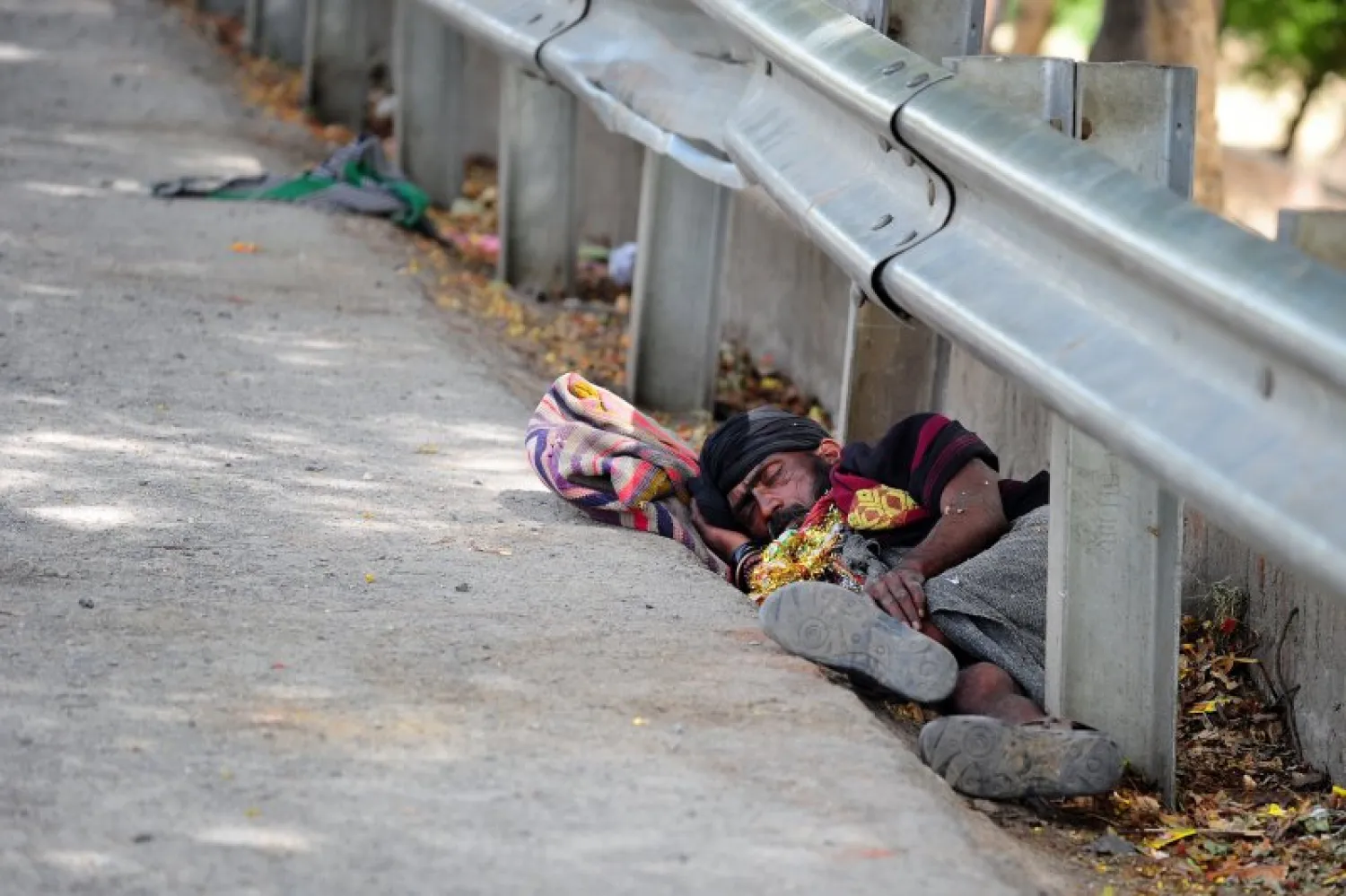The world's richest one percent raked in 82 percent of the wealth created last year while the poorest half of the population received none, Oxfam said in a report on Monday.
The report, titled "Reward Work, not Wealth", also found that the wealth of billionaires has grown six times faster than that of ordinary workers since 2010, with another billionaire minted every two days between March 2016 and March 2017.
Oxfam used its findings to paint a picture of a global economy in which the wealthy few amass ever-greater fortunes while hundreds of millions of people are "struggling to survive on poverty pay".
"The billionaire boom is not a sign of a thriving economy but a symptom of a failing economic system," Oxfam executive director Winnie Byanyima said in a statement.
Oxfam also emphasized the plight of women workers, who "consistently earn less than men" and often have the lowest paid, least secure jobs. Nine out of 10 billionaires are men, it added.
The report used data from Credit Suisse to compare the returns of top executives and shareholders to that of ordinary workers.
It found that chief executives of the top five global fashion brands made in just four days what garment workers in Bangladesh earn over a lifetime.
"The people who make our clothes, assemble our phones and grow our food are being exploited to ensure a steady supply of cheap goods, and swell the profits of corporations and billionaire investors," said Byanyima.
To fight rising inequality, Oxfam called on governments to limit the returns of shareholders and top executives, close the gender pay gap, crackdown on tax avoidance and increase spending on healthcare and education.









